What to Do If Your Planning Application Fails
Even with thorough preparation and great presentation, planning applications don’t always go as you’d like.
But a query or problem raised during the course of an application doesn’t necessarily mean the end of your project. So, what are your options if the process starts to go wrong?
During the course of a planning application, various people are consulted – parish council, neighbours, highways authority, tree officer and so on.
An objection raised by a consultee doesn’t necessarily mean the planning officer dealing with the application is going to agree or be bothered by it. For example, an objection from a parish council might be based on something other than valid planning considerations and so be largely ignored.
Read more: Council Politics & Planning Permission
But genuine objections, valid points of concern from consultees and any issues raised by the planning officer must be addressed. You’ve got a number of options:
- Attempt to overcome the problem while the application is running
- Withdraw and re-submit
- Allow the application to continue and try to get it to planning committee
- Allow the application to continue to refusal and consider an appeal
So what can you expect from each route?
Overcoming planning objections
The challenge with resolving objections during the course of an application is that they often don’t come up until late in the eight week consultation period.
If your plans need changing significantly, or if you have to produce further information to support your scheme, then there might not be time as councils are often averse to letting applications stray over their eight week target.
Read more: How To Deal With Planning Objections
Even when there’s time for you to get revised plans drawn up, for example, if the changes are at all significant, the council will need to re-consult neighbours (etc) on them. This process will almost certainly exceed the application’s time limit.
So, by all means make small adjustments to plans or add new bits of information if requested, but always check with the planning officer that there’s time.
Occasionally, where a planning officer knows a solution to a problem is imminent, they might be prepared to give you a few extra days grace.
Case study: Challenging the Planners to Build a Forever HomeSharron and David were lucky enough to already own the plot that they wanted to build on – a 1.5 acre field next to the farm belonging to Sharron’s parents. “My mother and father had given us the land some time ago. As there were other houses nearby, we thought we had a good chance of getting planning permission,” says Sharron. As it happened, the process was fraught with problems, and it took a full year to gain consent. Luckily, the couple’s architect was well acquainted with the pitfalls of local planning procedure. |
An alternative approach that might get you over the issue is to suggest it’s dealt with by a condition attached to the planning permission. That enables the application to be granted within the time limit, albeit you’ve then got to go back to the council later, to tidy up the loose end.
Withdraw and re-submit planning application
When it’s clear an objection can’t be dealt with in the time limit, but a solution appears achievable, consider withdrawing the application, making the necessary amendments and re-submitting.
Assuming your new proposal is similar to the first, then you probably won’t have to pay a second application fee, provided you re-submit within 12 months.
Need more advice about different aspects of your project?Build It’s Self Build Virtual Training will give you the detailed know-how to successfully realise your dream home. Our interactive courses are presented by Build It’s expert contributors and designed to give you the key nuggets of knowledge you need – all from the comfort of your own home. Covering everything from finding land to planning permission and design, our courses take place online and allow for audience participation and experience sharing. Use the code TWENTY for 20% off. |
This process allows you to tweak your scheme so the planning officer is happy with it, before re-submitting with the near certainty of success. The principal cost is lost time.
Planning committee
Getting an application to planning committee offers an opportunity to get the decision away from the planning officer, albeit into the often unpredictable hands of the planning committee members where a simple majority determines the result.
Read more: How to Get The Planners on Your Side
Different councils have different procedures for determining what goes to committee and why, so it’s sensible to be aware of your local rules.
In the majority of cases, if you can persuade your councillor to ask for the application to go to committee, it will do. Don’t seek a committee decision unless you have a supportive councillor and preferably not too much local objection.
Councillors do go against officers’ advice from time to time, but the tendency to do this varies a good deal. A little research of your council’s decisions will quickly reveal whether they were taken in line with, or against, officer advice.
Going to refusal
Many applicants are keen to avoid refusal, fearing a blot on their planning record. Last minute withdrawal, to avoid refusal, also shows up on the records and is a touch transparent. Refusal isn’t necessarily such a bad thing.
It brings to a head the objections, which must be set out in the reasons for refusal, and brings in tow the option to appeal if further negotiations fail.
Case study: Neo-Georgian Self Build in CambridshireFor Jacqueline and Vincent, the first step was to settle on a suitable design – which proved a challenging process. “It’s incredible the amount of different styles we went through,” says Vincent. “We wanted something that would fit in with the area; we started off with a timber frame barn-style house.” However, unsure that this scheme would get the go ahead from their local planning department, the couple decided to go back to the drawing board at the last minute. “There’s a neo-Georgian property just opposite our site. We thought if someone had obtained permission to build that, it should make our journey a little easier in terms of the planning process,” says Vincent. Unfortunately for the couple, the planning stage didn’t turn out to be smooth sailing. After submitting their scheme to the local council, the neo-Georgian dwelling was rejected… |
Once you know the exact reasons for refusal, you’re best placed to address them, if you can or if you’re prepared to. As with an early withdrawal, you get a ‘free go’ following refusal, so you can change your plans and then re-submit.
Read more: How to Interpret Feedback & Get Planning Permission
Appeals against refusal of permission and against conditions must be lodged within six months of the council’s decision (12 weeks for extensions and alterations).
But don’t appeal unless you’ve exhausted negotiations with planning officers, failed to get support from councillors, and have tried your best to reach a compromise solution. Even then, an appeal might not be the best way forward.
Sometimes it’s safer to alter a scheme to what the council want, get planning permission so you can get the build under way and then apply for what you actually want.
That way there’s no risk of the whole project being scuppered while you’re arguing about the difference between what’s permitted and what you want.
There’s often a tactical decision to be made so talk this over with your building designer or package company and decide whether you need specialist input from a planning consultant at this stage.
Submitting a planning appeal
There are three methods of appeal: written representations; informal hearing; and public inquiry. Details on how to appeal and where to get forms are automatically sent to you by the council when it refuses an application.
Written representation is by far the most popular method. It’s also the quickest, taking around four to five months from appeal to decision.
You put down in writing all the reasons why you think permission should be granted and submit that statement, along with completed appeal forms, to the planning inspectorate with a copy to the council. Unlike planning applications, there are no fees to pay for an appeal, but you might incur fees if you get professional help.
Within six weeks of the planning inspectorate registering your appeal, the council must submit their statement.
You then have a further three weeks in which to comment on the council’s statement, and on any other letters that have been sent to the Inspectorate. People like the parish council and your neighbours will be notified of the appeal and have the opportunity to comment, just as with a planning application.
Once you’ve made final comments, the inspectorate will arrange for the planning inspector to make a site visit.
Normally, yourself and a representative of the council will accompany them round the plot. Site assessments are pretty dull occasions, as you can’t discuss your case with the inspector. You literally have to trail around behind him or her while the site is reviewed and notes taken – you can do no more than point out things you want them to see.
Anywhere between two and six weeks after the site visit, the inspector’s decision arrives. This sets out the decision and their reasoning. Always read these decision letters very carefully. Where an appeal is dismissed (i.e. permission refused) the letter will often reveal certain aspects of the scheme that the inspector liked or didn’t like.
You can then use this information in preparing an amended scheme, which can be the subject of a new application to the council.








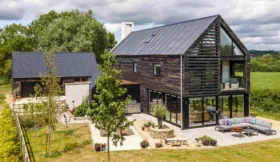













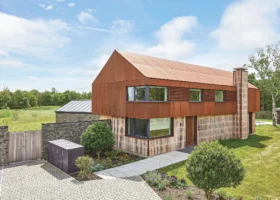



























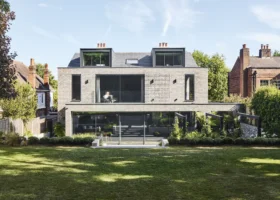











































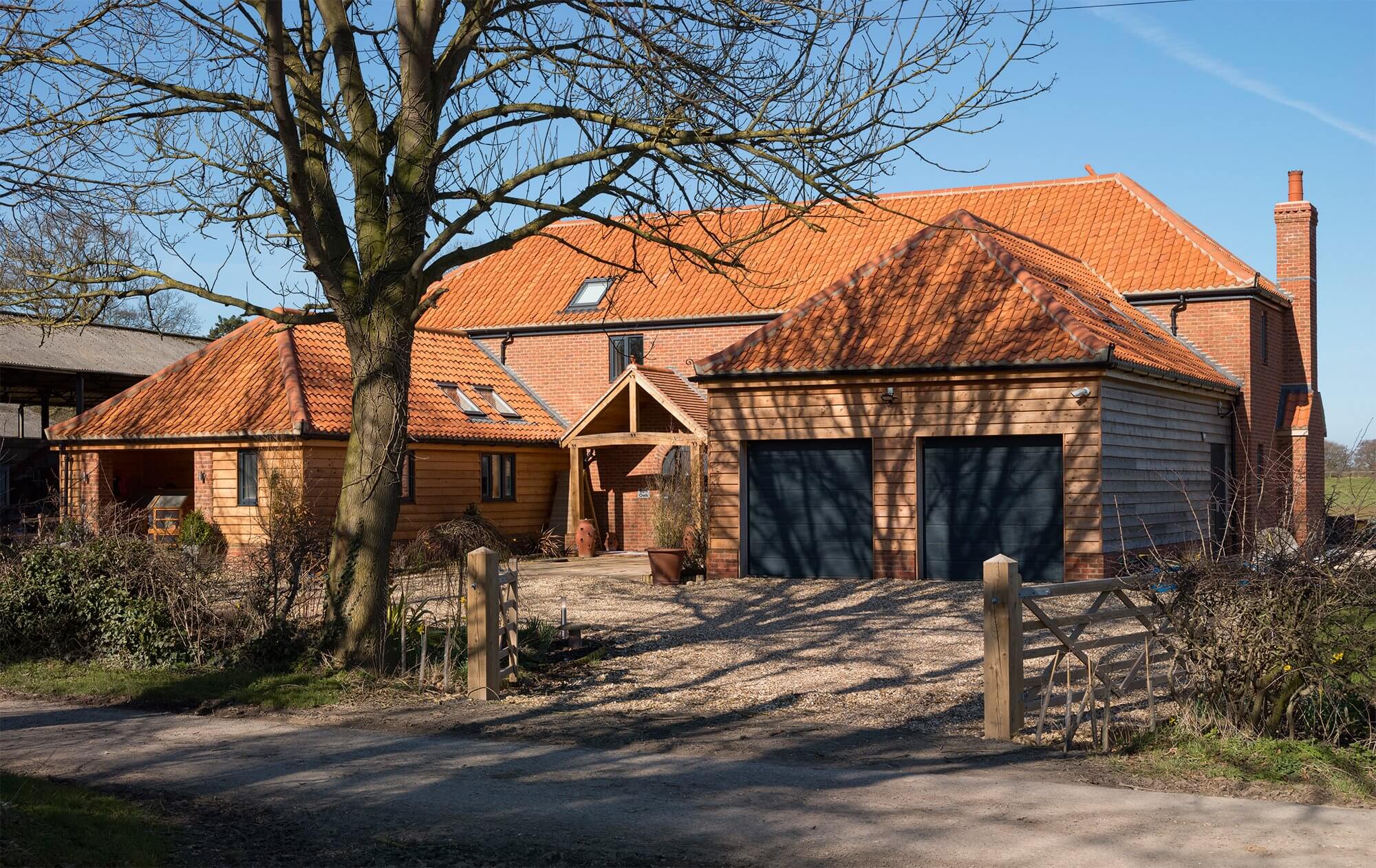
 Login/register to save Article for later
Login/register to save Article for later

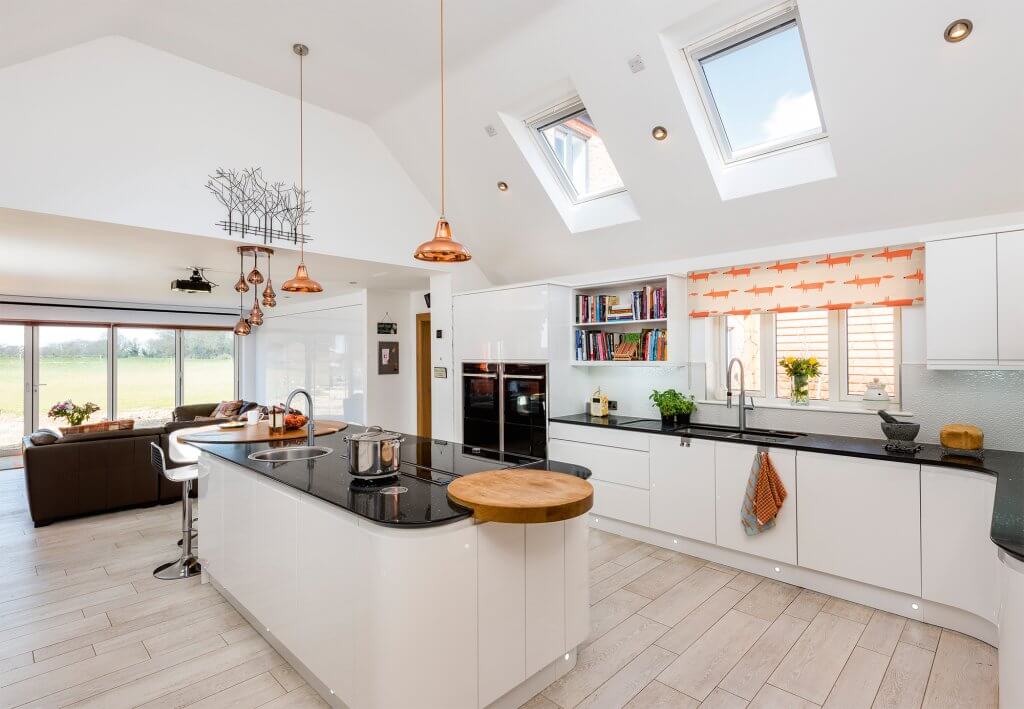
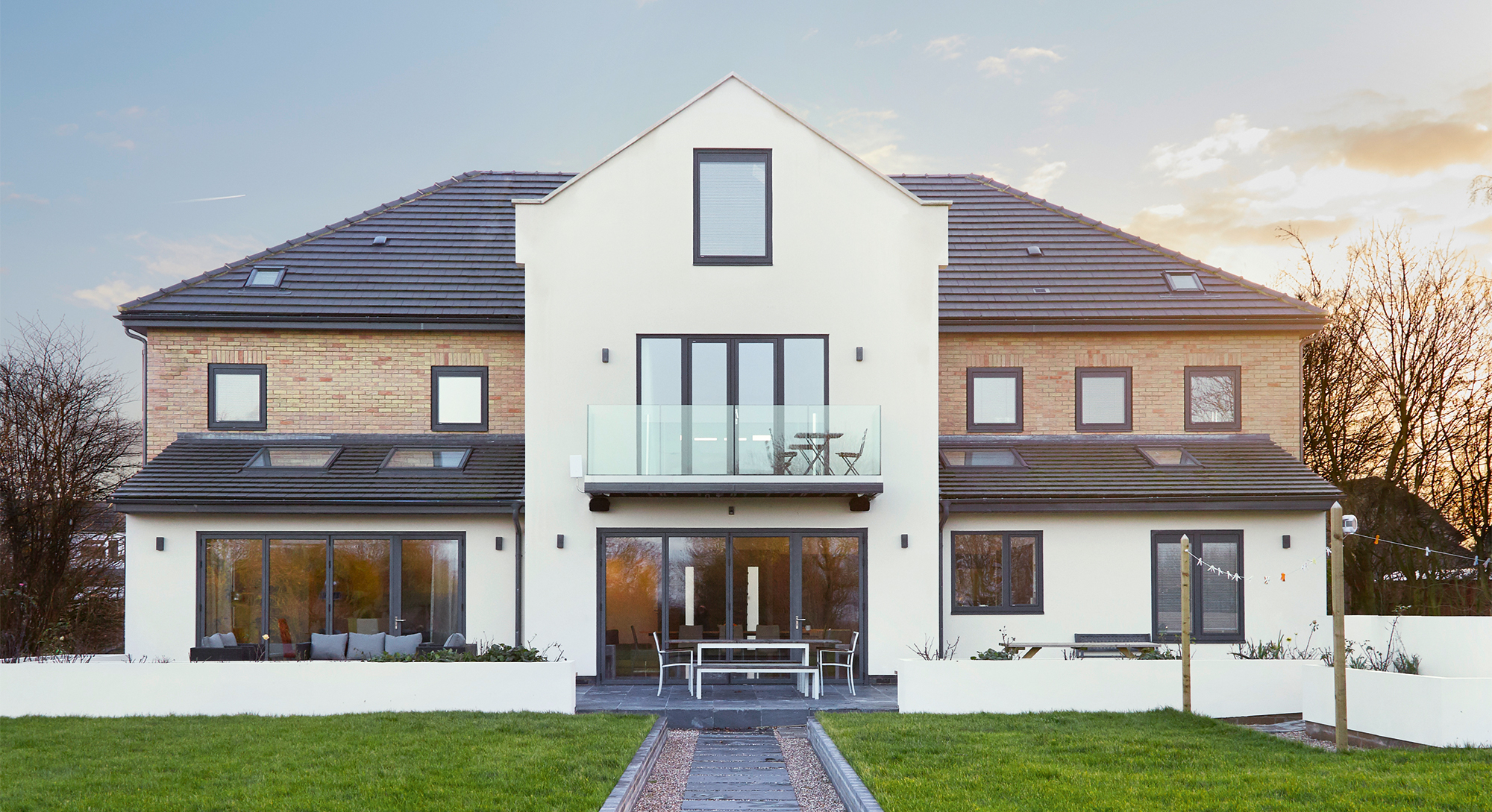
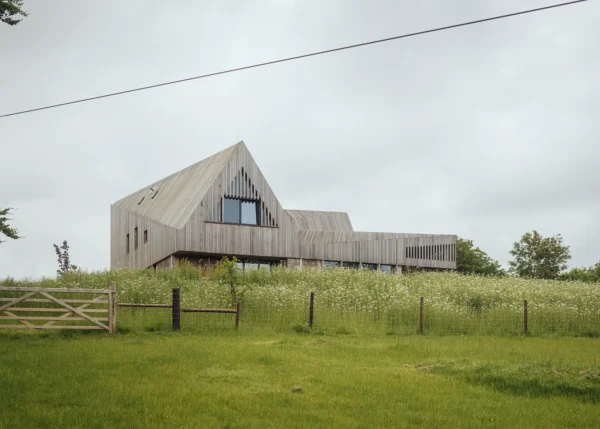
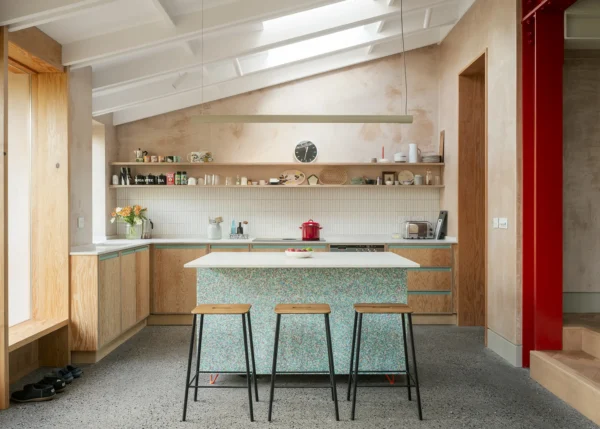
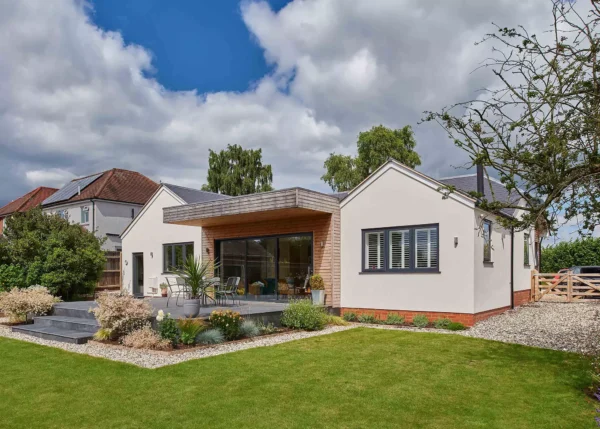
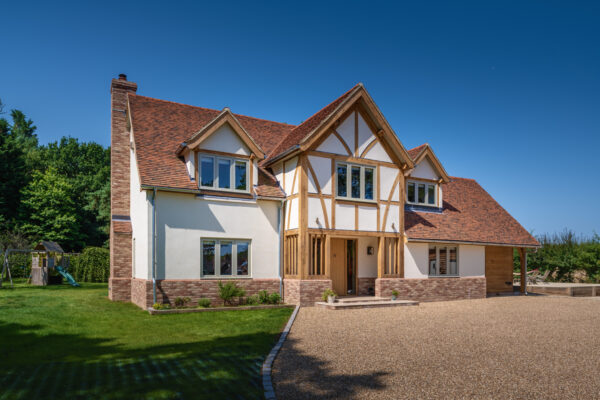

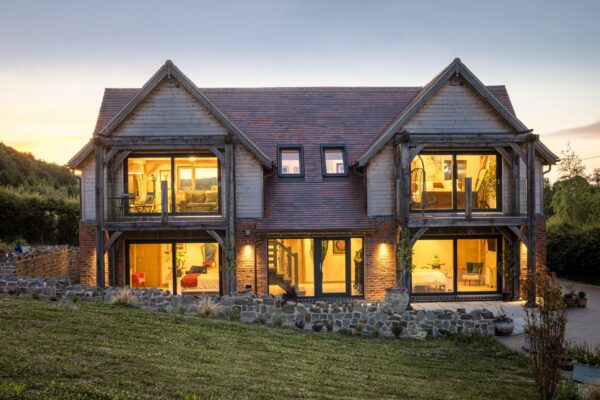






Hi,
Out of curiosity does anyone know how many times someone is allowed to apply for planning. We have recently received refusal for a infill site new build application and are hoping to gain permission via a second free go.
The new design is intended to address the neighbours comments and the planning officers main points for refusal from their report.
My understanding is that if we take on the comments of the planner and offer comprises in our second design this should allow us to apply a 3rd/4th time should we need to. god forbid.
Thanks Rik